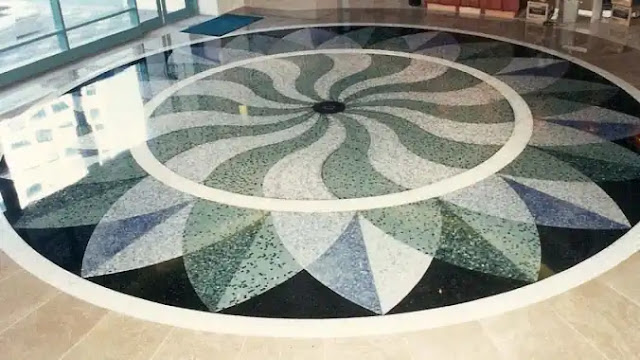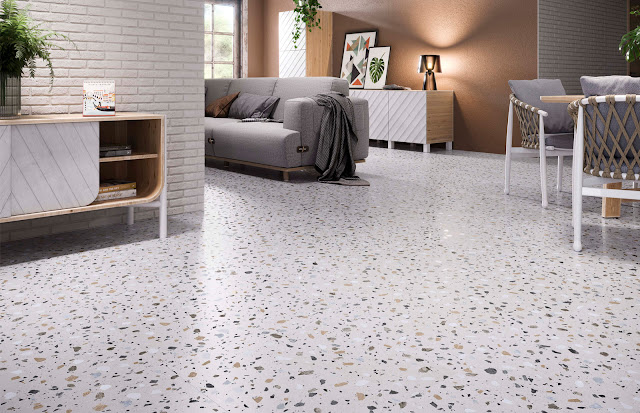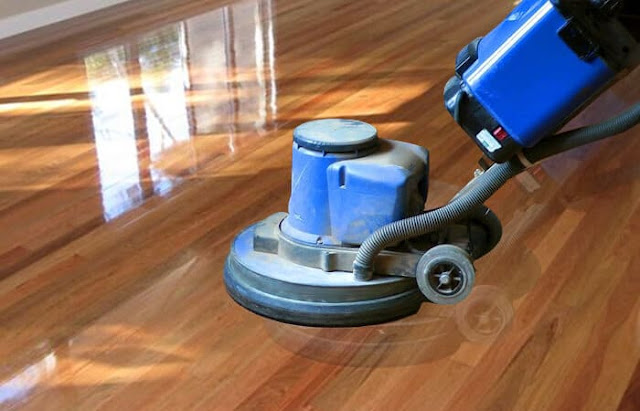The Timeless Beauty of Terrazzo Flooring: A Guide to its History, Design, and Maintenance
Terrazzo flooring has been around for centuries, but its beauty and versatility continue to captivate designers and homeowners today. This type of flooring is made by mixing chips of marble, quartz, granite, or glass with cement, and then grinding and polishing the surface until it achieves a smooth, glossy finish. The result is a floor that looks like a work of art, with colorful patterns and textures that can be customized to fit any design aesthetic.
History of Terrazzo Flooring
Terrazzo flooring has a long and fascinating history, dating back to ancient times. It is believed to have originated in the Mediterranean region, where workers used leftover marble chips from building projects to create durable, decorative flooring. The technique was perfected by Italian craftsmen during the Renaissance, who used it to create intricate mosaics and designs for churches and palaces.
Terrazzo flooring became popular in the United States in the early 20th century, when it was used in commercial buildings and public spaces. It was especially popular in the Art Deco style of the 1920s and 1930s, which featured bold geometric patterns and bright colors. Today, terrazzo flooring is experiencing a resurgence in popularity, as designers and homeowners rediscover its unique beauty and durability.
Design Options for Terrazzo Flooring
One of the reasons that terrazzo flooring has remained popular for so long is its versatility. The chips of marble, quartz, or glass that are mixed with the cement can be arranged in a variety of patterns and colors, allowing for endless design possibilities. Some popular design options include:
Random scatter: This design features a random scattering of chips in various colors and sizes, creating a playful, textured effect.
Borders: Terrazzo flooring can be used to create borders or outlines in contrasting colors, adding definition to a room.
Geometric patterns: By arranging the chips in precise geometric shapes, such as triangles, squares, or hexagons, designers can create bold, modern patterns that add interest to a space.
Custom logos: Some businesses and institutions choose to have their logos or emblems created in terrazzo flooring, as a way to add branding to a space.
Maintenance of Terrazzo Flooring
While terrazzo flooring is beautiful, it also requires some maintenance to keep it looking its best. Regular cleaning is important to prevent scratches and other damage. To clean terrazzo flooring, use a mild, pH-neutral cleaner and a soft mop or cloth. Avoid using abrasive cleaners or scrub brushes, as these can scratch the surface of the floor.
It's also important to seal terrazzo flooring regularly to protect it from stains and damage. A high-quality sealer should be applied every two to three years, or as recommended by the manufacturer. In addition, it's important to address any cracks or chips in the flooring as soon as they occur, to prevent them from spreading and causing further damage.
In conclusion, terrazzo flooring is a beautiful, versatile, and durable flooring option that has stood the test of time. Its history, design options, and maintenance requirements make it a great choice for both commercial and residential spaces. If you're considering terrazzo flooring for your home or business, consult with a professional installer to ensure that you get the best results possible.



Comments
Post a Comment